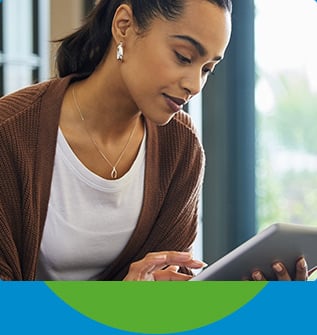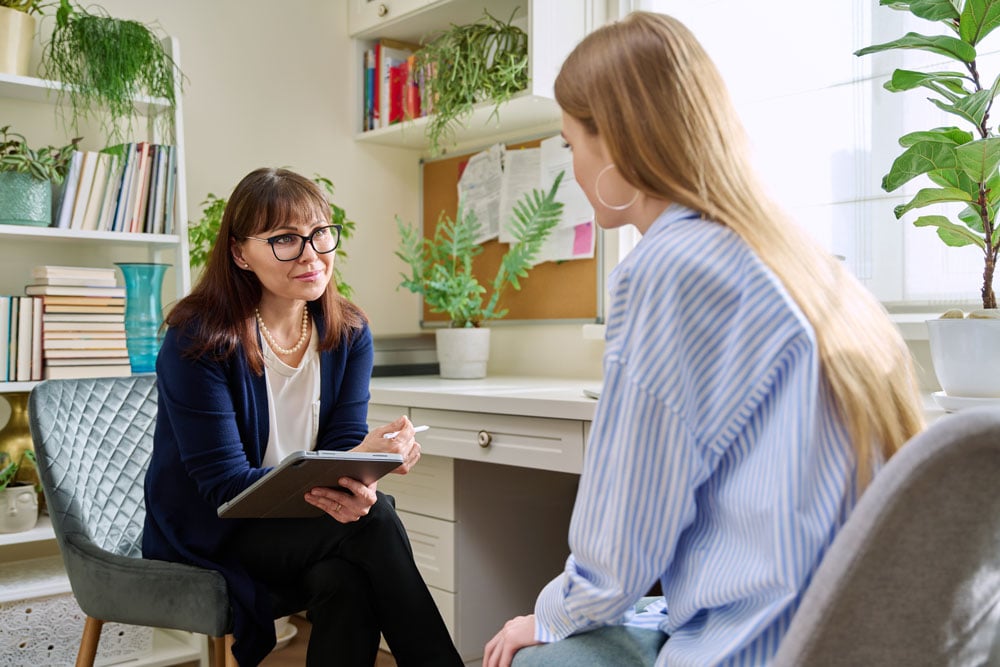
There are many approaches to providing behavioral health services in a primary care setting; however, the mission is the same for every provider: Provide integrated and coordinated care in a familiar setting that addresses a patient’s interconnected behavioral and clinical health needs.
It's understood that providing integrated behavioral health care is linked to reduced emergency room utilization, lower care costs and improved scores on mental health screenings. However, achieving these goals requires end-to-end integrated behavioral solutions that identify patients who would benefit from behavioral health services, enable coordinated care, measure outcomes and document encounters for appropriate reimbursement.
As you evaluate options for clinical workflow software to support integrated behavioral health, keep these considerations top of mind.
1. Increase the impact: Software supports earlier identification and better care coordination.
There’s stark evidence that many Americans would benefit from greater access to behavioral health services.
- It’s estimated that more than 20% of adults experience symptoms of mental illness or other behavioral health issues.
- Nearly half of people with mental illness go untreated, and those who do often must wait up to 11 years to receive treatment.
- As many as 75% of patients who seek treatment for mental health in an inpatient setting have also been diagnosed with a chronic medical condition.
- Research has shown the diagnosis of a mental or behavioral health disorder is “associated with spending substantially more on other medical conditions.”
Despite these challenges, there’s an opportunity. The American Academy of Family Physicians notes roughly 75% of visits to primary care cover some aspect of behavioral health, whether it’s substance use, stress, chronic disease management or overall mental health. This positions PCPs to meet many patients’ behavioral health needs in the moment without requiring a follow-up visit or a referral to an unfamiliar specialist.
Meeting patients’ needs using existing clinical applications can be a tall order. Traditional electronic health record (EHR) solutions typically have a library of disjointed screeners that providers must sort through to pick and choose the appropriate tools for the conditions they suspect a patient may have. EHRs also aren’t designed to document behavioral health treatment and outcomes. This is where integrated behavioral solutions enter the picture.
With the right software tool, practices can quickly screen patients for multiple common conditions in a single screener, giving providers insight into a possible diagnosis in minutes instead of years. Additionally, assessment results provide a greater understanding of how behavioral health and physical health intersect, which is critical for developing the right treatment plan.
Finally, a tool that leverages application programming interfaces (APIs) and integrates with both enterprise and behavioral health electronic health records (EHRs) helps enable information sharing and care coordination. This benefits all patients, as research has shown frequent communication between patients and their care teams is associated with higher rates of medication adherence. Coordination and communication are particularly beneficial for those diagnosed with a serious mental illness, as they may require additional clinical and community-based wraparound services.
2. Support primary care: Behavioral health measurement and tracking results in improved follow-up and continuity of care.
Using the right integrated behavioral solutions, practices can administer evidence-based assessments and receive the next-best action recommendations for follow-up activities. This could include a referral for specialty care, a change to a treatment plan or an in-depth interview with the patient. Critically, these assessments should be embedded within clinical workflows without requiring providers to launch another application or turn their attention away from patients.
From there, tools such as symptom monitors, severity measurement scales and functional impairment scales can further aid providers in gaining a full view of a patient’s progress. This has a twofold benefit of enabling informed decision-making about changes to treatment plans and supporting a practice’s quality and value-based care reporting requirements.
In addition to primary care, behavioral health integration is especially valuable in pediatric care. Globally, the peak age for the onset of a mental health disorder is 14.5 years old, and half of lifetime illnesses take root by the time a patient turns 18. The sooner care teams can identify a potential diagnosis – along with co-occurring disorders common in teenagers – the sooner they can intervene and help avoid future complications.
3. Drive value: Solutions provide documentation for reimbursement and quality reporting.
Proper documentation is a cornerstone of measurement-based care, and it helps practices beyond tracking outcomes. With integrated behavioral solutions, data collected at each step of the care process provides the documentation needed to be reimbursed for providing mental health services.
Another important benefit is generating additional revenue. Practices that meet requirements under the Centers for Medicare & Medicaid Services’ Behavioral Health Integration (BHI) program can bill for services provided to eligible Medicare beneficiaries. Additionally, they may be able to bill for services such as psychological and neuropsychological testing that they may not have previously been able to support. Many commercial payers also reimburse for BHI codes.
Documentation also offers a record of medical necessity. This is valuable for streamlining the prior authorization process with payers, as it ensures that patients aren’t forced to wait for the mental health services a practitioner feels they need.
Finally, documentation supports a practice’s efforts to transition to value-based care, which emphasizes the appropriate value of services and not the volume of services provided. A thorough record of diagnoses, symptoms and outcomes helps demonstrate that practices provide the right services to the right patients at the right time.
The healthcare system continues to recognize the approach of integrating behavioral health with primary care contributes to better clinical outcomes and lower care costs. Practices embracing this model need proven and purpose-built software that can identify and assess patients, coordinate services and document care delivery without disrupting their workflows or their clinical staff.
To find out more about how the Proem workflow solution can support the delivery of BHI, book a meeting.





.png)









